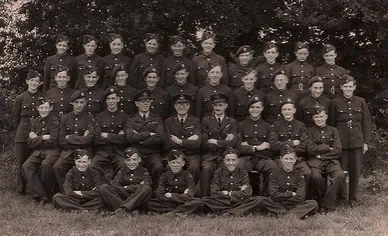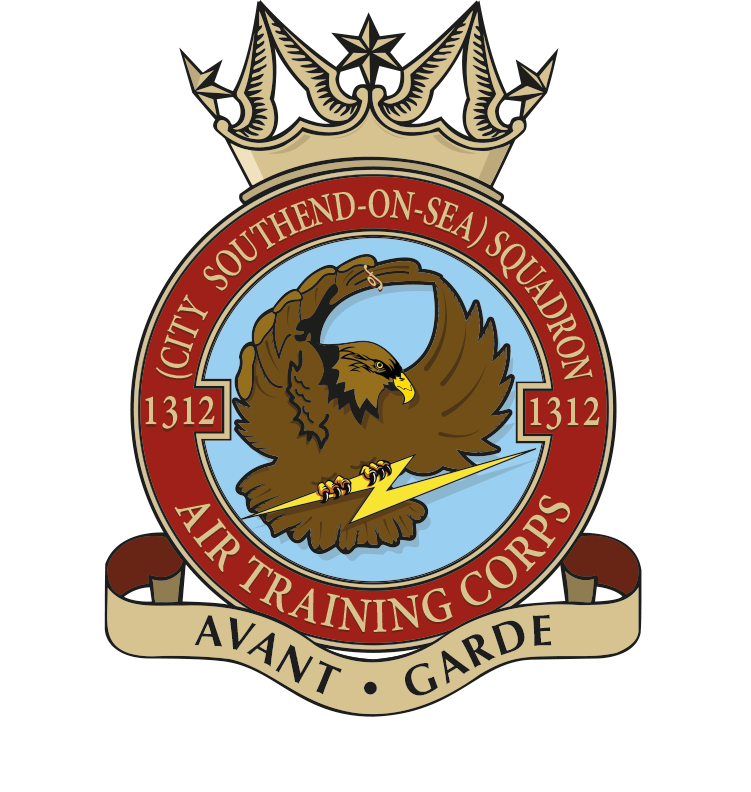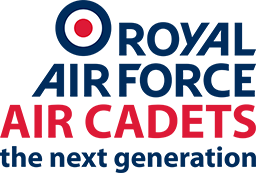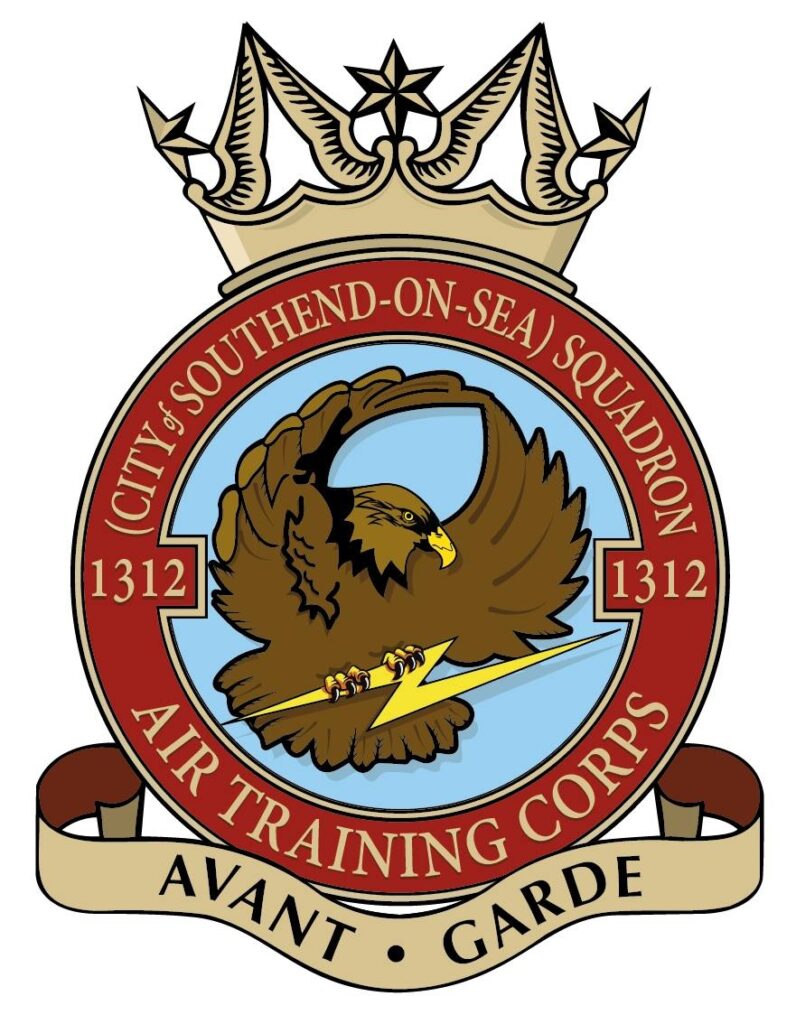
1312 HISTORY
The Beginning of the Air Training Corps in Southend.
The original letter from the Air Ministry inviting the mayor of the county borough of Southend on sea to form a unit of the Air Training Corps is framed and lodged at “Porters” the mayors parlour.
Other early letters show that a committee was formed under the chairmanship of the deputy mayor Alderman A.H.White, to form a unit and recruit officers, instructors, and cadets. The committee was a mixture of councillors, council officials, and prominent people who had responded to newspaper and radio announcements. Aid.
White assumed the post of Commanding Officer when he plus two of the committee members, C.Wellesley Haxcell, and S.Sylvester were commissioned into the RAFVR Training Branch.
Other original committee members became the nucleus of the civilian committee which was to be an essential part of the new corps and its approach to cadets and pre-service training.
Suitable candidates were then sought for appointment as officers, warrant officers, or civilian instructors. H.McBride became the first Warrant Officer. The number of uniformed staff was determined by establishment and number of enrolled cadets. The formation of the Southend on sea unit of the Air Training Corps was approved in February 1941 and it was given the title
No 1115 (Southend on sea) Flight. All units were originally called flights, the Commanding Officer being a Flight Lieutenant, following the RAF pattern. Most units achieved squadron status when smaller units called detached flights were formed in outlying areas.

By June 1941 the squadron had grown so large that a second squadron was formed from within 1115 and given the title No 1312 (2nd Southend-on-sea) Squadron.
Training and instruction sessions were held in the old London Road Schools, the old Municipal College and the Labour Hall in Boston Avenue. Both squadrons shared all facilities either on separate nights or with joint classes at advanced level.
Guidance and assistance was readily given by RAF Rochford, both at the airfield and at the station headquarters sited in Earls Hall School in Carlton Avenue. Later that year the Southend Wing was formed with Headquarters in a house, 61 London Road, Southend on sea. It controlled and administered all the squadrons in the area:-
- 640 ( Southend High School)
- 930 (Westcliff High School)
- 1115 (Southend on sea)
- 1312 (2nd Southend on sea)
- 1202 (Rochford) with a detached flight at Wakering.
- 1341 (Thames Estuary) with a detached flight on Canvey.
- 1474 (Billericay)
- 1476 (Rayleigh)
The first and only Commanding Officer of the Southend Wing was Sqn.Ldr; A.H. White. A board recording the names of all officers and warrant officers of the two Southend squadrons is displayed in the squadron headquarters. This is paired with another recording the names of the Commanding Officers of 1312 Squadron ATC.
From its formation until late in the war the Air Training Corps had a well defined task. This was to provide partly trained recruits to the Royal Air Force. To achieve this most tests and examinations were the same as in the Air Force training centres. A cadet who gained a proficiency certificate in the aircrew subjects of navigation, meteorology, signals etc., on entering the RAF, bypass the recruit centres and basic training. A similar system and assessment applied to ground engineering subjects. Under both schemes it was possible to cut up to four months from an airmans initial training.
These schemes proved to be so successful that deferred service airmen were attached to selected units for training. These were young men who had been accepted and formally enrolled into the RAF, but for whom there were no vacancies at training centres. They were obliged to attend for parades and instruction at a unit near their home. Before the end of the war in Europe the main purpose of the Air Training Corps ceased to be. There was a surplus of personnel in training for aircrew service. For some time cadets had not been guaranteed entry into the RAF and many were conscripted into the navy the army and some to coalmines. Many officers of the corps resigned, their task complete, and enrolment of cadets almost ceased. The school squadrons disbanded under other pressures, as did many others. In the Southend Wing No 640, No 930, and No 1202 squadrons were disbanded, and No 1115 and No 1312 squadrons were amalgamated. Service procedure dictated that the senior squadron keep its identity.
Following much argument the cadets of 1312 squadron organised a very early Sunday morning parade and invited a senior officer to inspect for himself the evidence of their numerical superiority,which was three to one over 1115. No 1312 Squadron became the” Southend on sea Squadron ” of the Air Training Corps With much smaller numbers the structure of the corps had to change.Geographical districts replaced the local wings,and a District Inspecting Officer plus a staff officer was appointed to each. Sqn.Ldr. F .Hosking of 1312 squadron was the first D.1.0 .He was succeeded by Sqn.Ldr .T.H.Watson Lambe. In 19 a new structure based generally on counties was introduced.Essex was to have two wings,East Essex Wing and West Essex Wing. Wg.Cdr. Joscelyne of Colchester was appointed the first Officer Commanding East Essex Wing ATC.
We would like to constantly update this section of our website.
If you would like to contribute to this page with further information or photos then please contact us.


